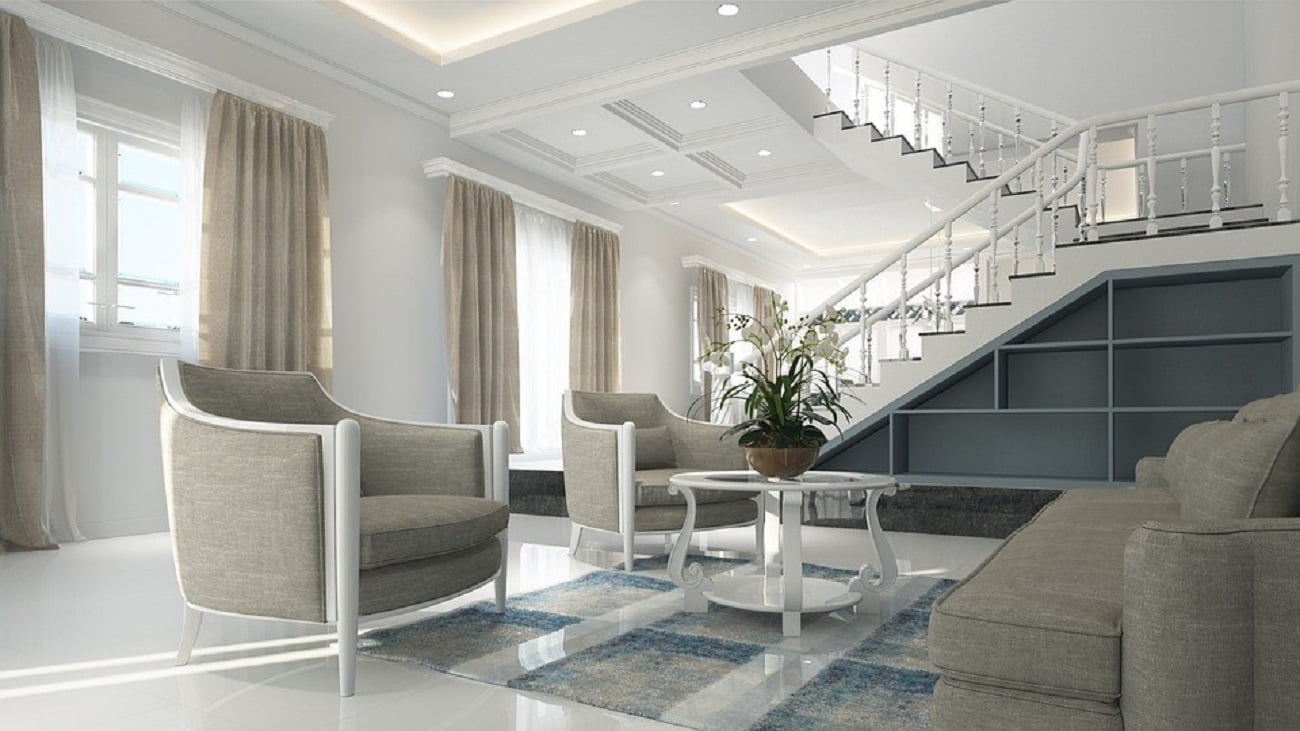Glass painting is a highly compelling art form that employs an extensive number of techniques. Glass painting creates the illusion of a fantastical world. It’s also been called stained glass or glass art. The beauty of glass art is enhanced when light streams through it. Painting has always been a creative and expressive medium.
Modern Glass Painting Designs For Living Rooms
One of the best materials for abstract and contemporary art is glass. The use of glass as a painting medium, such as a canvas, has evolved significantly in terms of style, function, and technique over time.

Glass painting dates back to the Gothic era of the seventeenth century. Large, elaborate glass paintings could be found in cathedrals all over Europe. Little glass fragments that had previously been stained and painted were later turned into mosaic works of art. Metallic salt colors were added to glass during the manufacturing process to create stained glass. The earliest examples of reverse glass painting can be found in China and Ancient Rome. One of the glass painting techniques that was previously used was reverse glass painting.

In reverse glass painting the image opt for painting is painted from the details to the base color, like painting the embellishment first and the base later. This kind of painting can be viewed only by turning over the other side of the glass. This form of painting originated in traditional Romanian icons of Transylvania. Austria, Bavaria, Moravia, Byzantium, Bohemia, and Slovakia are some of the places where painting on glass was popular as folk art. Glass paintings are said to be a sacral paintings in the Middle Ages. Later at the time of the Renaissance in Venice, Italy glass painting was largely followed and it flourished all over Europe. We can also evidence of the glass paintings done in old churches and houses now also.

The first places to use glass paintings with images of Christ and biblical figures over large glass windows were churches. The story of Christ’s life and teachings was masterfully painted on glass. People loved and enjoyed the church’s paint-stained glasses. Individuals began adding stained glass artwork with a variety of designs to their homes, enhancing their living spaces. Afterward, the notion emerged to apply it to windows, utensils, and other objects. Because glass is translucent and has a soft presence, artisans painted it using light hues.
Glass Painting in the Contemporary Times
Young artists saw a rise in expressionism following World War II. This movement advocated for greater diversity and investigation of glass-based artistic expressions. Glass paintings had evolved beyond large glass windows with images painted on them.
By the end of the 20th century, the focus was more on glass painting and art glass creation as a hobby. Different methods that are more concentrated on using painted glass as decorations for homes and offices have emerged thanks to new technology.
Cultural Significance
Glass painting was a significant tool for reflecting people’s history and culture, just like any other kind of art. During the Gothic era in Europe, the special experience of attending church was enhanced by glass painting or stained glass. The people were immediately drawn in by the stained windows, which developed into a magnificent Bible storytelling tool. They were more than just artwork; they fostered a space that encouraged introspection and prayer.
Other countries that have embraced glass painting use paintings that depict cultural and symbolic figures as well as events from a specific era. For instance, ancient glass paintings in India featured women dressed traditionally and mythological characters.
The process of Glass Painting
Although stained glass can also be used, clear glass is frequently used for paintings. This particular art form calls for a certain level of talent and knowledge. Painting on other opaque objects is not at all like this entire process.
Use warm water and soap to give the tumbler’s surface a cleaning. You can also use cleaning products to give it a thorough cleaning. Wait until it dries completely before painting it. Thoroughly mix the paints with a pallet. Apply a tiny bit of water and stir with a brush. For the paint to stay on the jar, it must be sufficiently thick. With the correct kind of brush, these smooth surfaces can be used to create a lovely pattern.
Various types of Glass Paints
- Enamel Paints
Fine glass particles and a material that resembles paint are combined to create enamels. Enamel paints are available in various ranges, helping artists to create new colors by mixing.
- Oil Based Paints
One of the easiest paints to use on stained glass is this one. It is easily colored to produce a broad spectrum of colors.
- Acrylic
One of the most flexible paints, it can be applied to a variety of surfaces, including paper, ensure that these paints don’t flake too easily, it’s crucial to apply a clear protective layer over them.
- Markers
These markers are made especially for painting glasses. It is non-toxic and thermohardening by nature. It comes in an enormous variety of colors as well. There is an enormous variety of tips for these markers, including brush, fine, and thick tips. Therefore, writing and drawing can be done with ease by using it exclusively.






